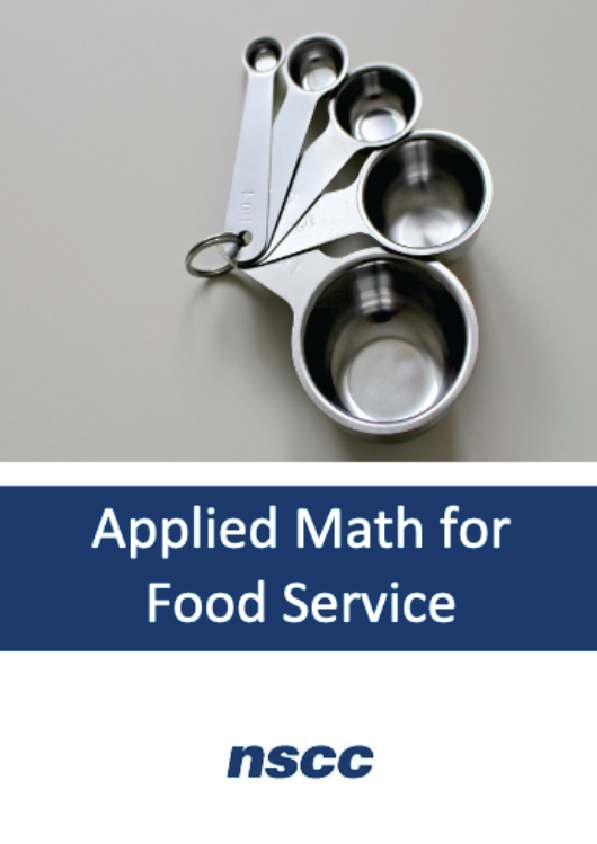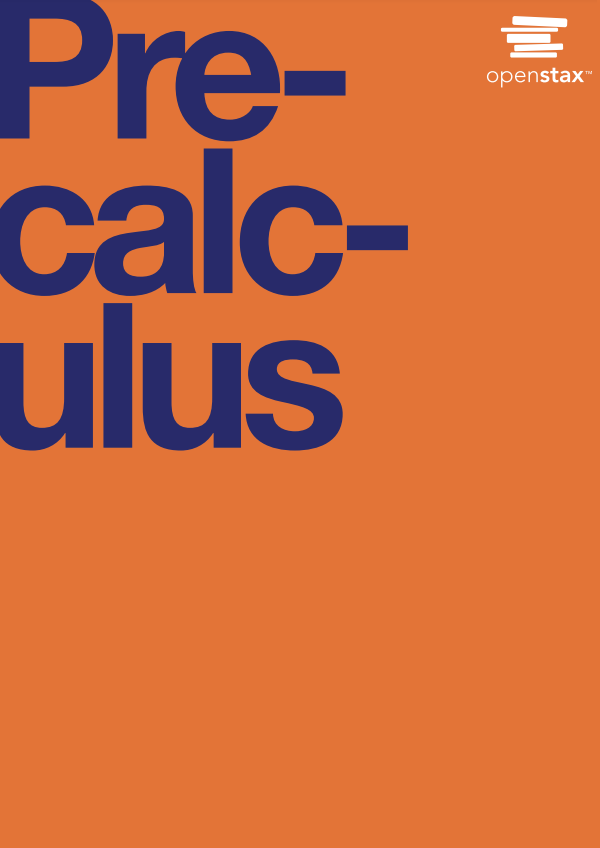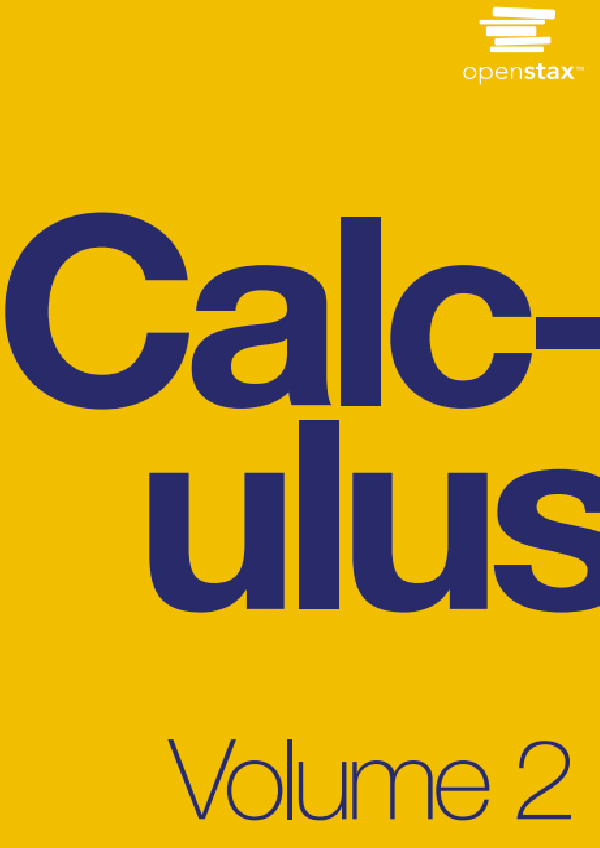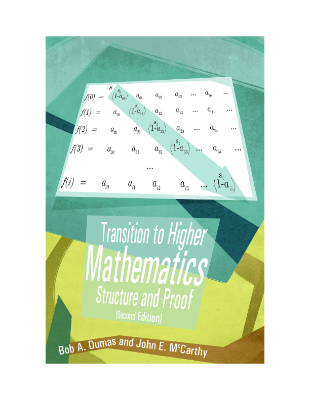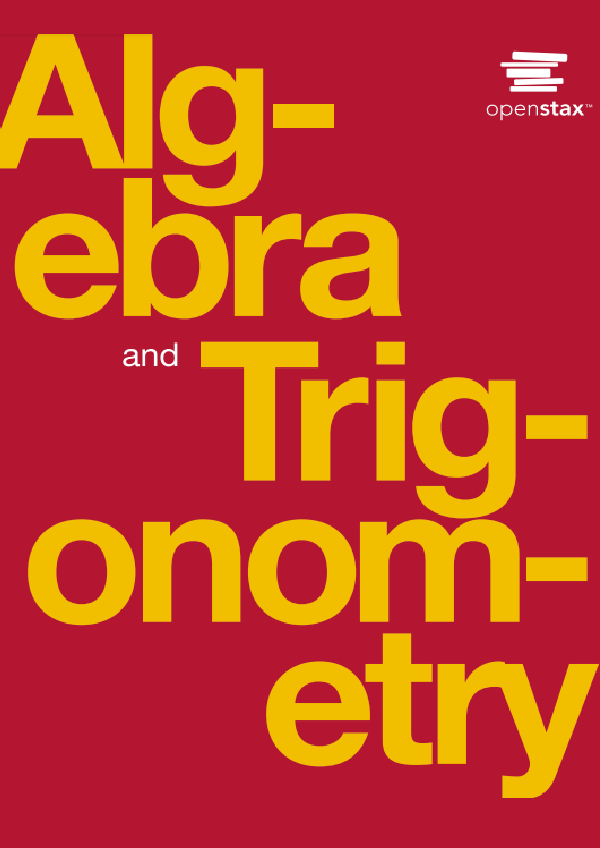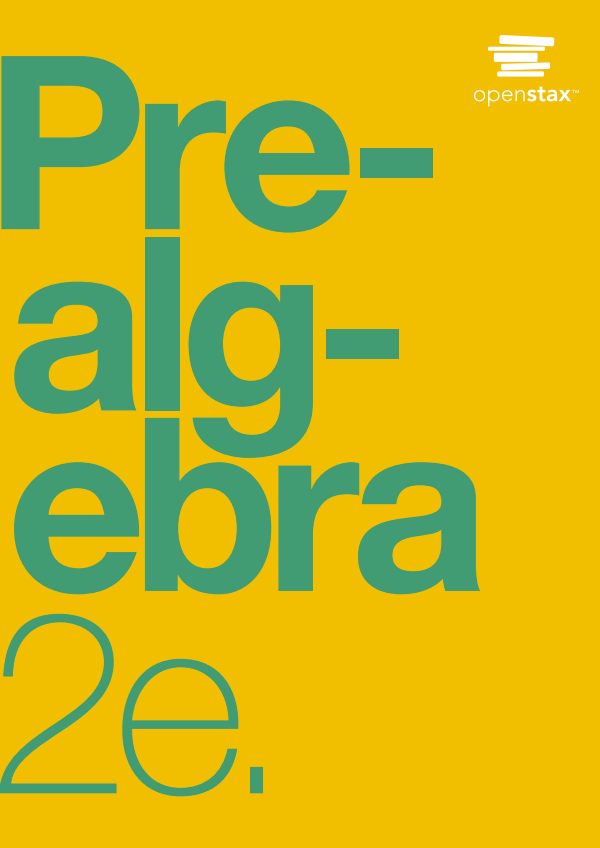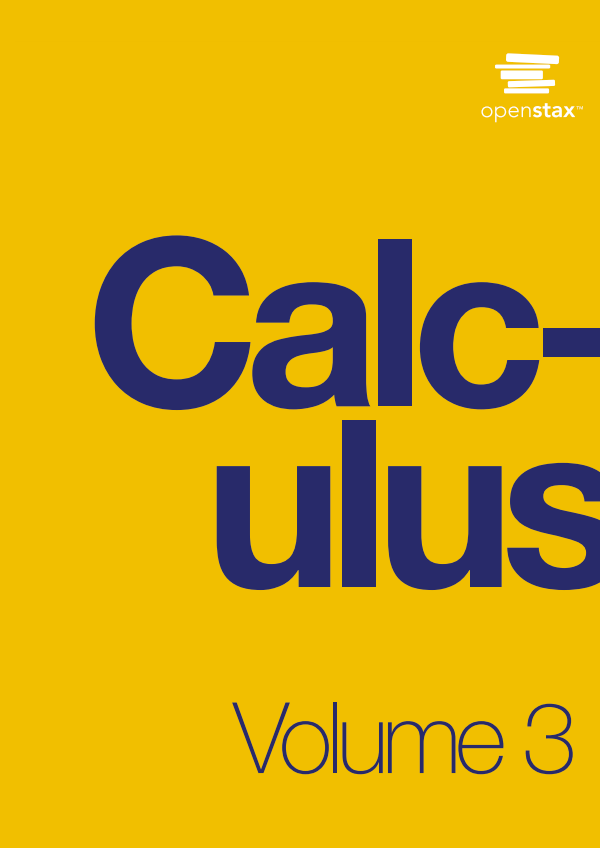One of the most important aspects of being successful in the food service industry is being able to manage costs. Without managing costs, none of the businesses you might work for over the course of your career would remain open. In this book, we explore the fundamentals of kitchen management from the basic math and calculations you will need to use every day to an overview of the costs associated with operating a kitchen or any food service operation.
Basic Kitchen and Food Service Management is one of a series of Culinary Arts books developed to support the training of students and apprentices in BC’s food service and hospitality industry. Although created with the professional cook, baker, and meat cutter programs in mind, these books have been designed as a modular series and therefore can be used to support a wide variety of programs that offer training in food service skills.
Other books in the series include:
- Food Safety, Sanitation, and Personal Hygiene
- Working in the Food Service Industry
- Workplace Safety in the Food Service Industry
- Meat Cutting and Processing
- Human Resources in the Food Service and Hospitality Industry
- Understanding Ingredients for the Canadian Baker
- Nutrition and Labelling for the Canadian Baker
- Modern Pastry and Plated Dessert Techniques
The series has been developed collaboratively with participation from public and private post-secondary institutions.
Canadian cooks should feel comfortable working in three different measurement systems. Two of these systems (U.S. and imperial) are closely related, while the third (S.I., more commonly called metric) is different from the other two.
Although the metric system was introduced in Canada a number of years ago, the food industry and home cooks still rely heavily on equipment and cookbooks imported from the United States. In addition, because we used imperial measurements in Canada for the sale of liquids, some industry recipes will call for imperial measurements rather than U.S. liquid measurements.
The imperial and U.S. measuring systems evolved out of the system used in Europe prior to the 20th century. Although both the imperial and U.S. systems use the same terminology, there are slight differences in actual measurements that you must account for, particularly with volume.
The easiest way to work with the three systems is to have different sets of measuring devices: one for the metric system, one for the imperial system, and one for the U.S. system. Alternatively, you could have one set of devices that have measurements for all three systems indicated. U.S. measuring instruments can be used with slight adjustments for imperial measuring.
It is not good practice to use two systems of measurement when preparing a recipe. Working between two systems of measurement in a recipe may result in inaccuracies that could affect the final product’s taste, yield, consistency, and appearance. To ensure a consistent and successful result, a good practice is to convert the recipe into one standard system of measurement.
In the metric system, the basic units are turned into larger or smaller measurements by using a prefix that carries a specific meaning as shown in Table 2. The most commonly used prefixes are kilo (k), centi (c), and milli (m).
